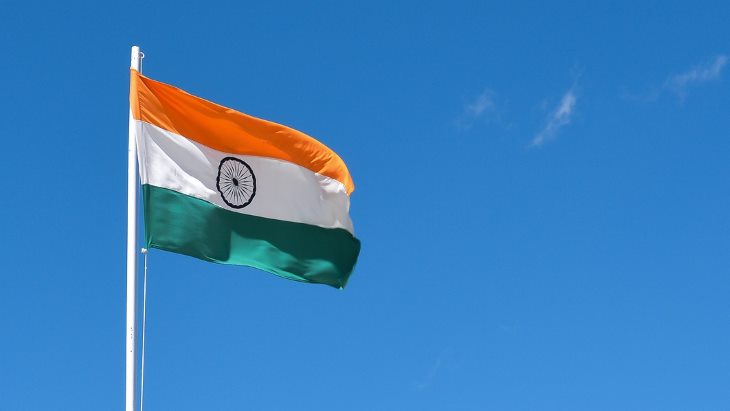The AERB on 31 August published the conclusions of its investigations at the two-unit plant - also referred to as KAPS - and the actions taken. Kakrapar 1 has been offline since a coolant leak caused the reactor to automatically shut down in March 2016; unit 2 has been offline since a coolant channel leak in 2015.
The failed and other coolant channels were removed from the reactors and examined at the Bhaba Atomic Research Centre in Mumbai. Detailed in-situ examination of coolant channels was also carried out on both units using non-destructive methods.
"Based on all the investigations, it has been concluded that unlisted impurity (hydrocarbons) in the carbon dioxide gas used in the annulus gas system of these reactors resulted in shallow localised corrosion spots on the outer surface of coolant channels and corresponding generation of hydrogen. Shallow localised corrosion spots led to gradual absorption of the hydrogen by the coolant channels, which affected the material properties," the AERB said. The deterioration in material properties led to the leaks.
Annulus gas passes through the annular region between the coolant and pressure tubes in a pressurised heavy water reactors (PHWR). The gas provides thermal insulation between the hot coolant channels and the relatively cool calandria tubes and surrounding moderator, helping to reduce heat loss from the channels.
Inspections carried out at all of India's PHWRs confirmed that the corrosion issue was limited to the two Kakrapar units, the AERB said. Specifications and quality assurance checks for the carbon dioxide gas have been made more stringent for all operating PHWRs as a result of the investigations, and a requirement for the detection of localised corrosion during periodic inspections has been added to the scope of the coolant channel in-service inspection programme.
Work to replace all the coolant channels at Kakrapar 1 and 2 - 306 in each reactor core - began in July 2016 and has now been completed in unit 2, operator Nuclear Power Corporation of India Ltd said on 28 August. The unit will return to operation after obtaining the necessary clearances from the regulator, the company said.
Coolant channel replacement complete at Kakrapar 2
India's Atomic Energy Regulatory Board has concluded that corrosion spots caused by impurities in carbon dioxide gas at the Kakrapar plant led to coolant channel leaks in 2015 and 2016. Work has now been completed at unit 2.





_47120.jpg)

_23621.jpg)






